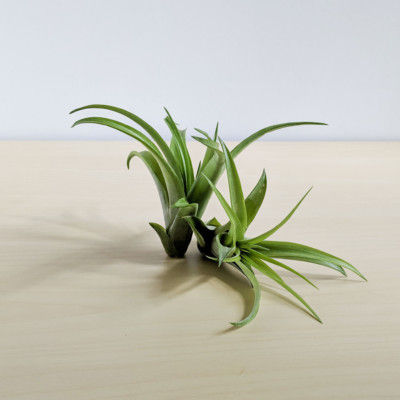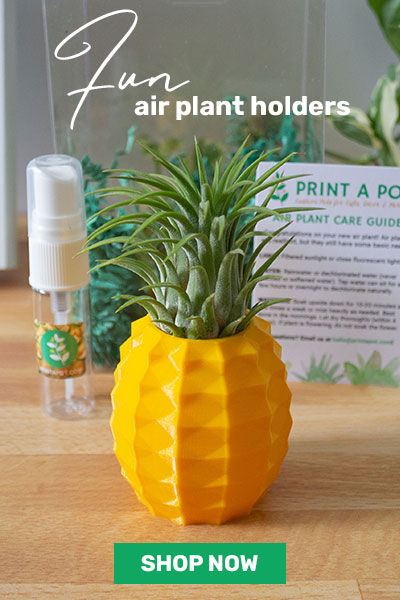How to Take Care of Air Plants
Air plants are fairly resilient plants that can beautify any space! With a few things to consider, you can keep your air plant healthy and vibrant.
Light
All air plants need light. Air plants should be placed where they will receive lots of bright indirect sunlight or close underneath a fluorescent light. If using artificial light, it is suggested to provide 12 hours of light a day.
Water
Air plants are interesting in that they absorb water through trichomes (they look like silver or white hairs).
It is important to use the right water for your air plants. Rainwater, pond water, or other salt-free natural waters are best. You can also use tap water if it’s been left out to dissipate the chlorine (24 hours is best). Bottled water or spring water is fine as well, but definitely do not use softened or distilled water.
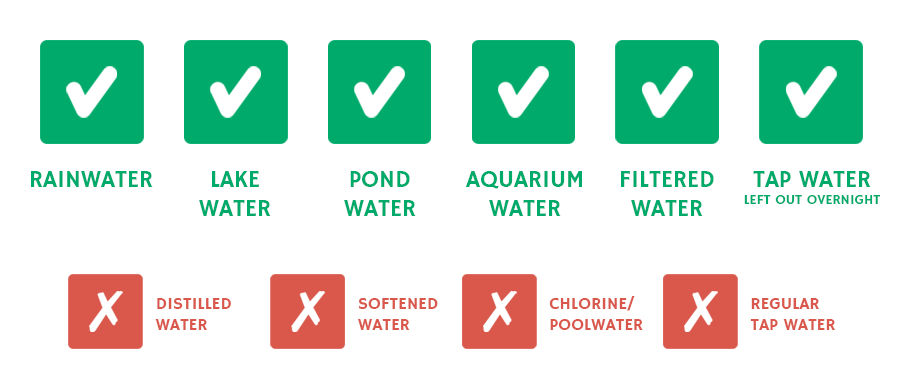
When watering, there are 2 methods.
- Soaking should be done once or twice a week in the morning, depending on your plant’s environment. To soak, fill a bowl, sink, or other vessel with your water and place the air plant upside down into the water. Soak for 10-20 minutes, and gently shake off any excess water. Lay your air plant upside down on a towel or paper towel to dry in a well ventilated area.
- Misting can be done to keep the air plant hydrated between soakings. Mist heavily so that you can see water drops on the leaves.
If your air plant is starting to have brown tips or curling its leaves inward, it needs a watering! If the air plant is looking silver with highly visibly trichomes, it’s a healthy plant and should show its green/red coloring after being watered. If the plant is looking brown all over or falling apart, it’s likely succumbed to rot.
Air
It is incredibly important to allow your air plant to dry after it’s been watered, or else it can start to rot! Apart from proper watering, allowing air flow around your air plants will help keep it healthy.
How to Care for Succulents
Light

Many succulents will do best with bright indirect light / filtered sunlight, as they can get burnt or die under full sun. Haworthias are a low light plant, so they can do better in areas without much sun. Cacti require moderate to full sun.
There are some succulents that develop beautiful coloring when exposed to direct sun. You can try to condition succulents to the bright sun by training them under a grow light, or by leaving them outside underneath an umbrella — the umbrella will diffuse the heat and bright light. Just be sure to provide enough water for them to not dry out. Some plants don’t do well with too much sun, so observe and adjust their location if they start to burn.
Soil
For succulents and cacti, regular potting soil will usually hold too much moisture. It is recommended to use a soil specifically for succulents and cacti. We recommend Espoma Cactus Soil* or Bonsai Jack’s Succulent Soil.
Water
Succulents and cacti generally do not need much water, but they should get their soil soaked through once a week. Gauge how your plant does, and only water when the soil is completely dry. If your plant’s leaves wrinkle or dry up, water a tad more frequently. If your plant’s leaves fall off too easily or they get mushy, water less frequently.
All in all, it’s actually better to underwater your succulents! You should also water less frequently during your plant’s dormancy stage (most plants go dormant in winter, while aeoniums go dormant in summer).
Repotting / Propagating
If your succulent(s) outgrow your pot, it may be time to repot or make cuttings. Repotting will entail taking the plants out completely to go into a bigger pot. You can also make cuttings by using garden clippers to take small branches or rosettes off of the main plant, and using the cuttings in your previous pot. The cuttings will eventually make roots and become plants on their own!
Depending on the type of succulent you have, you may also propagate pieces of the plant to become new baby plants. This is most effective with tender sedums (like burro’s tail), sedeverias, echeverias and sempervivums. Sedums, sedeverias and echeverias can be propagated by gently breaking off leaves of the plant and placing them on top of soil. Mist the soil every day, and new roots or plants will form on the leaves. Sempervivums, or hens and chicks, are prolific on their own. You can cut a chick off the main plant and it will grow roots and chicks of its own in time.
To learn more about succulent care, I highly recommend Mountain Crest Gardens and Succulents and Sunshine.
* denotes Affiliate Link. If you purchase this product, we get a small referral fee (at no cost to you) that helps to support our small business.
-
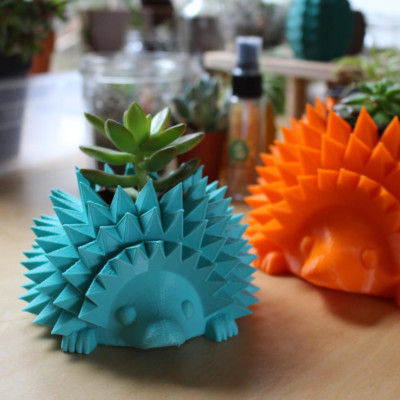 Quick ViewSelect options
Quick ViewSelect options -
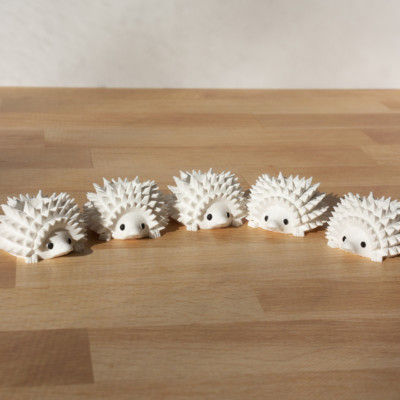
 Quick ViewSelect options
Quick ViewSelect options -
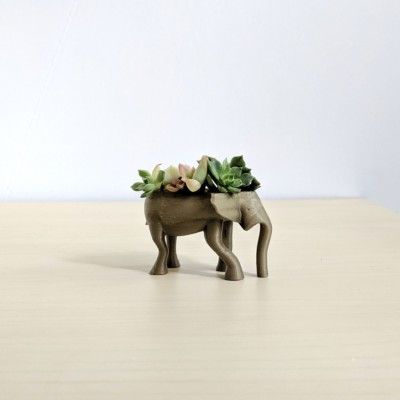 Quick ViewSelect options
Quick ViewSelect options


